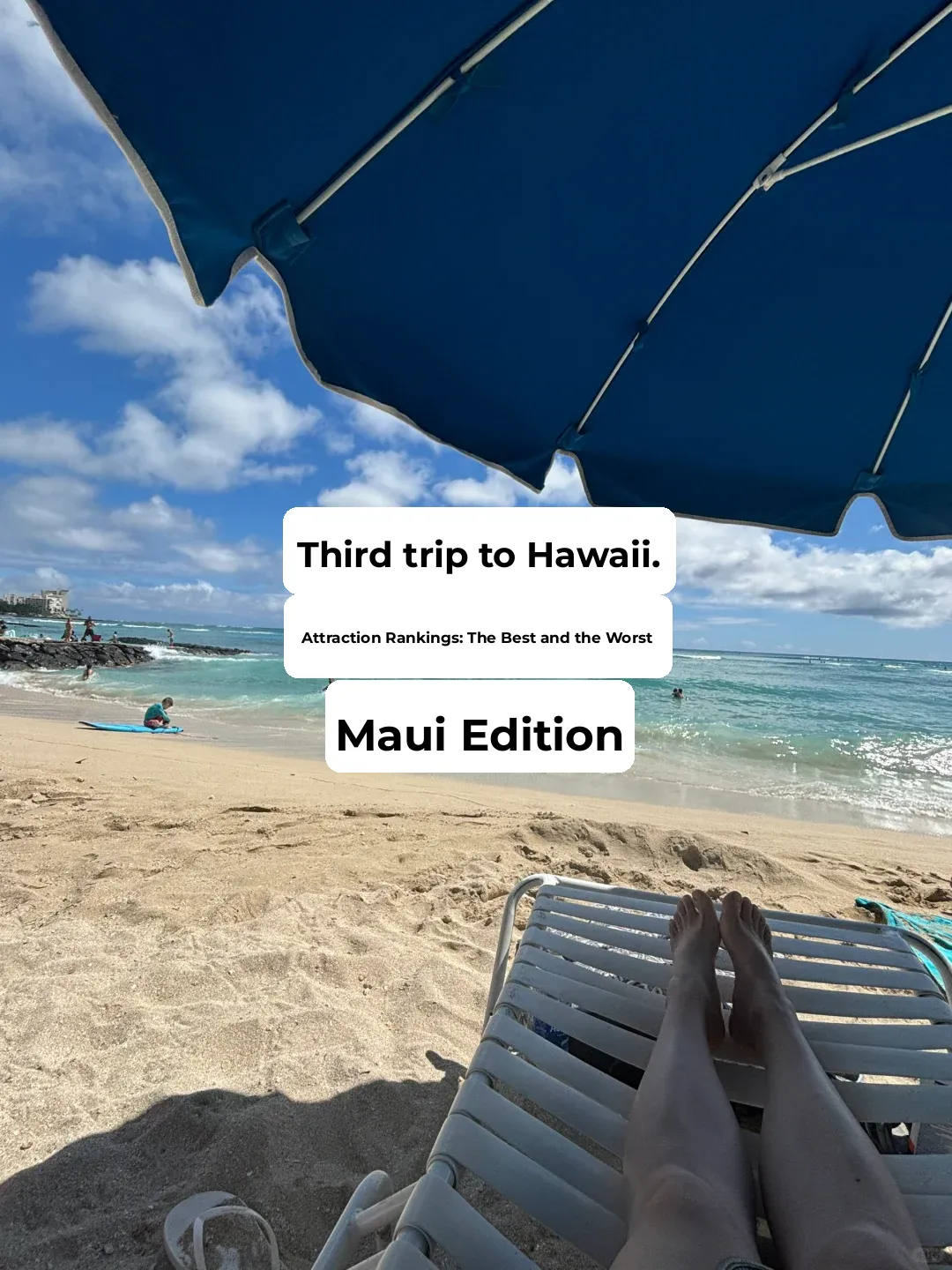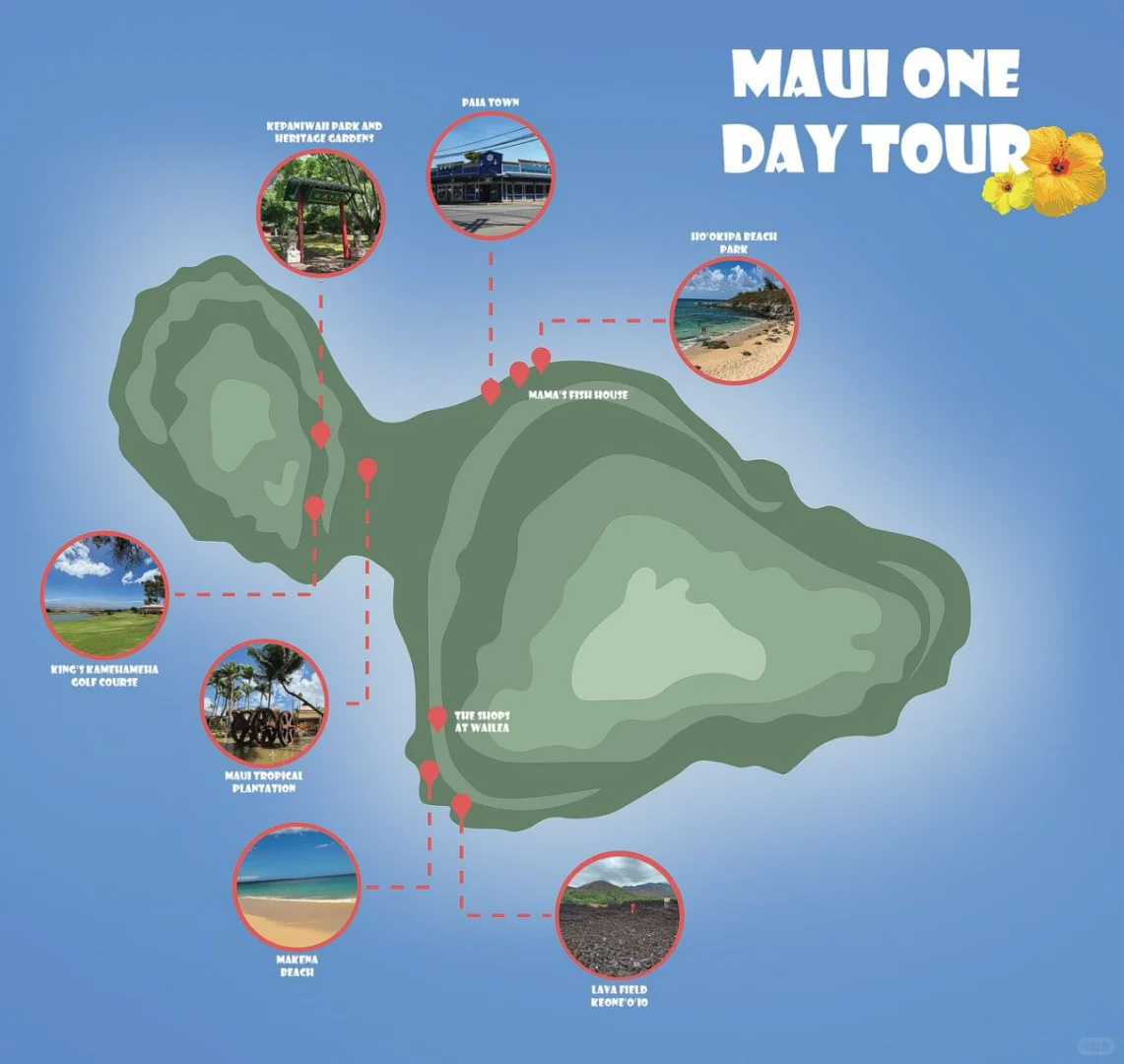Kepaniwai Park is a beautiful and culturally rich park located in Maui, Hawaii. Situated on the outskirts of the town of Wailuku, the park is a popular attraction for both tourists and locals alike, thanks to its stunning natural scenery, educational exhibits, and fascinating historical displays.
The park's name, "Kepaniwai," translates to "the damming of the waters," which is a reference to the many streams that flow into the park and converge in a large, central pond. The pond is surrounded by lush greenery, which includes a variety of trees, plants, and flowers native to Hawaii. Visitors can stroll along the park's many walking paths, enjoy a picnic on the lawn, or simply take in the natural beauty of the park.
One of the most striking features of Kepaniwai Park is its collection of cultural exhibits. The park is designed to celebrate the diverse cultures that have shaped Hawaii's history, and visitors can learn about the traditions, customs, and beliefs of Native Hawaiians, Japanese, Chinese, Filipinos, and other groups that have called Hawaii home over the years.
The exhibits are housed in a series of traditional-style buildings that are designed to reflect the architecture and design of the different cultures they represent. For example, the Native Hawaiian exhibit is housed in a replica of a traditional hale (house), while the Japanese exhibit is housed in a pagoda-style building.
Each exhibit offers a unique glimpse into the history and culture of its respective group. Visitors can learn about the traditional art, music, dance, and dress of each culture, as well as the challenges and triumphs each group has experienced over the years.
In addition to the cultural exhibits, Kepaniwai Park also offers a number of historical displays that are sure to fascinate history buffs. One of the most notable displays is the exhibit dedicated to the missionaries who arrived in Hawaii in the 19th century. Visitors can learn about the impact that these missionaries had on the islands, including their efforts to spread Christianity and their influence on the development of Hawaii's education system.
Another interesting exhibit is the display dedicated to the history of the sugarcane industry in Hawaii. Visitors can learn about the laborers who worked in the sugarcane fields, as well as the technology and machinery that was used to process the sugar. The exhibit also covers the impact that the sugarcane industry had on Hawaii's economy and culture.
For visitors who are interested in the natural environment, Kepaniwai Park also offers a number of educational exhibits on the flora and fauna of Hawaii. These exhibits cover everything from the different types of plants and trees that are found in Hawaii to the various species of birds, fish, and insects that call the islands home.
One of the most impressive natural features of the park is the waterfall that cascades down the side of the hill and into the central pond. Visitors can get a close-up view of the waterfall by walking along the trail that leads to the top of the hill. From there, they can also enjoy a stunning view of the surrounding countryside, which includes the West Maui Mountains and the Iao Valley.
Overall, Kepaniwai Park is a must-visit destination for anyone who is interested in learning about Hawaii's rich cultural and natural history. The park offers a wide range of exhibits and displays that are both informative and engaging, and its natural beauty is sure to leave a lasting impression on visitors.
Visitors should note that the park is open daily from 7:00 am to 7:00 pm, and there is no admission fee to enter. Parking is also free, although it can be limited during peak hours. The park is located just a short drive from the...
Read moreI LOVE this park. It’s full of Asian heritage displays and alters. It’s beautiful to walk through and we visit it every time we come to Maui. It gives you a sense of peace as you walk around its many sections. Wonderful place to visit and its free! Stepping into Kepaniwai Park is like entering another world. From the moment you pass through the unassuming entrance, you're enveloped in a tranquil oasis, a carefully curated landscape that soothes the soul and sparks the imagination. This isn't just a garden; it's an experience. The design beautifully incorporates traditional Asian garden elements, creating a sense of peace and harmony that's hard to find elsewhere.
The winding paths invite you to explore, leading you past meticulously raked gravel gardens, where the patterns seem to tell a silent story. The vibrant green moss clings to weathered stones, creating miniature landscapes within the larger one. Water features, from the gentle trickle of a bamboo fountain to the serene stillness of the koi pond, add a soothing soundtrack to your visit. The colorful koi themselves are a delight to watch, gliding gracefully through the water, flashes of orange and white against the dark depths.
The carefully chosen plantings are a testament to the gardener's artistry. Delicate cherry blossoms paint the landscape with fleeting pink hues in the spring, while vibrant azaleas provide a burst of color in the summer. The carefully pruned bonsai trees, each one a miniature work of art, showcase the dedication and patience that goes into their cultivation. Even the placement of the rocks and lanterns feels deliberate, contributing to the overall sense of balance and tranquility.
Beyond the visual beauty, Kepaniwai Park offers a space for quiet contemplation and reflection. Benches are strategically placed throughout the garden, offering peaceful spots to sit and simply enjoy the surroundings. The gentle rustling of bamboo leaves in the breeze, the chirping of birds, and the subtle scent of fragrant blossoms create a multi-sensory experience that is both relaxing and rejuvenating. Whether you're seeking a moment of solitude, a place to connect with nature, or simply a beautiful escape from the hustle and bustle of daily life, Kepaniwai Park is a true sanctuary. I highly recommend a visit – you won't be disappointed. It's a place I find myself returning to again and again, each time discovering new details and finding renewed peace within its...
Read moreBack in the day, this was the place I'd ask my mom to take me on Saturdays so I could "feed the fish" in one of the ponds. Not much has changed since then.
THE PARK: It's located deep inside Iao Valley on the way to Iao Valley State Park. Entry is free and parking is plentiful.
On the stream side of the parking lot are covered picnic tables with grills which are popular with locals especially on the weekends, but can sometimes be a bit shady during the late afternoons.
On the other side of the parking lot are several gardens that are themed by the major immigrant ethnic groups in Hawaii which are Japanese, Chinese, Filipino, and Portuguese. Each has its own culturally-inspired garden setting and a scaled-down version of a building structure. There are very picturesque foot bridges, art work, ponds, and streams. A bamboo forest is perched at the highest point of the gardens which you can walk through on a paved trail, and features a pipe pumping out fresh water that meanders to the gardens below.
SWIMMING: Just below the main bridge at the front of the park is a great swimming spot in the stream. Do NOT go swimming if it's raining, unless you want to get caught in a flash flood. Use common sense!
OVERALL: A nice place to breeze through on your way to Iao...
Read more


